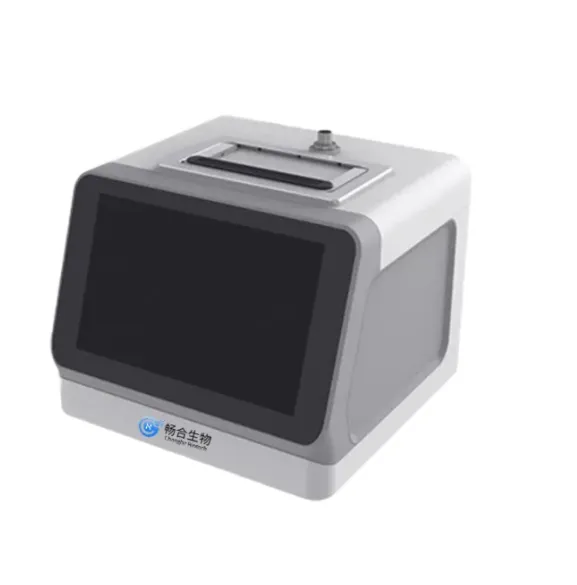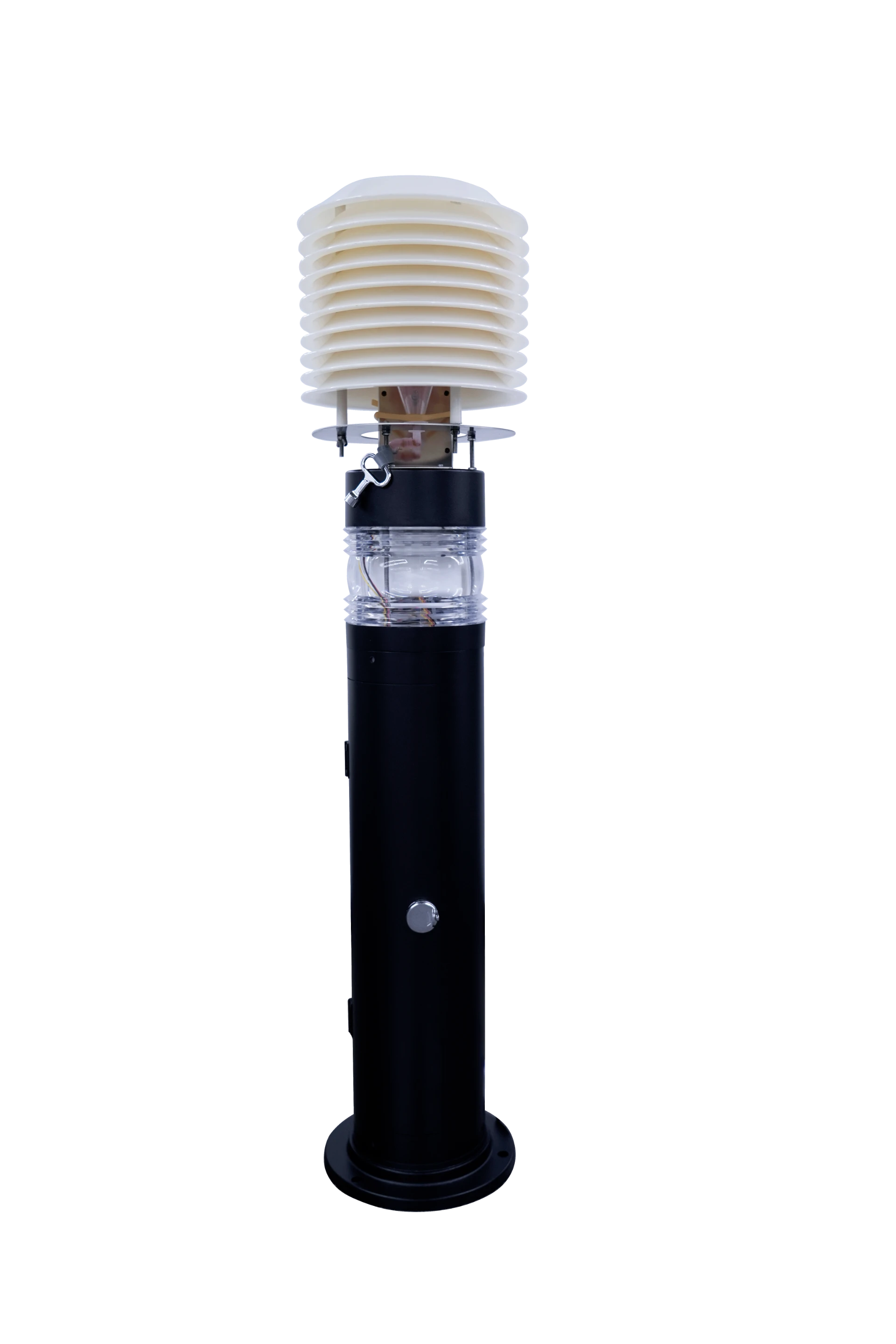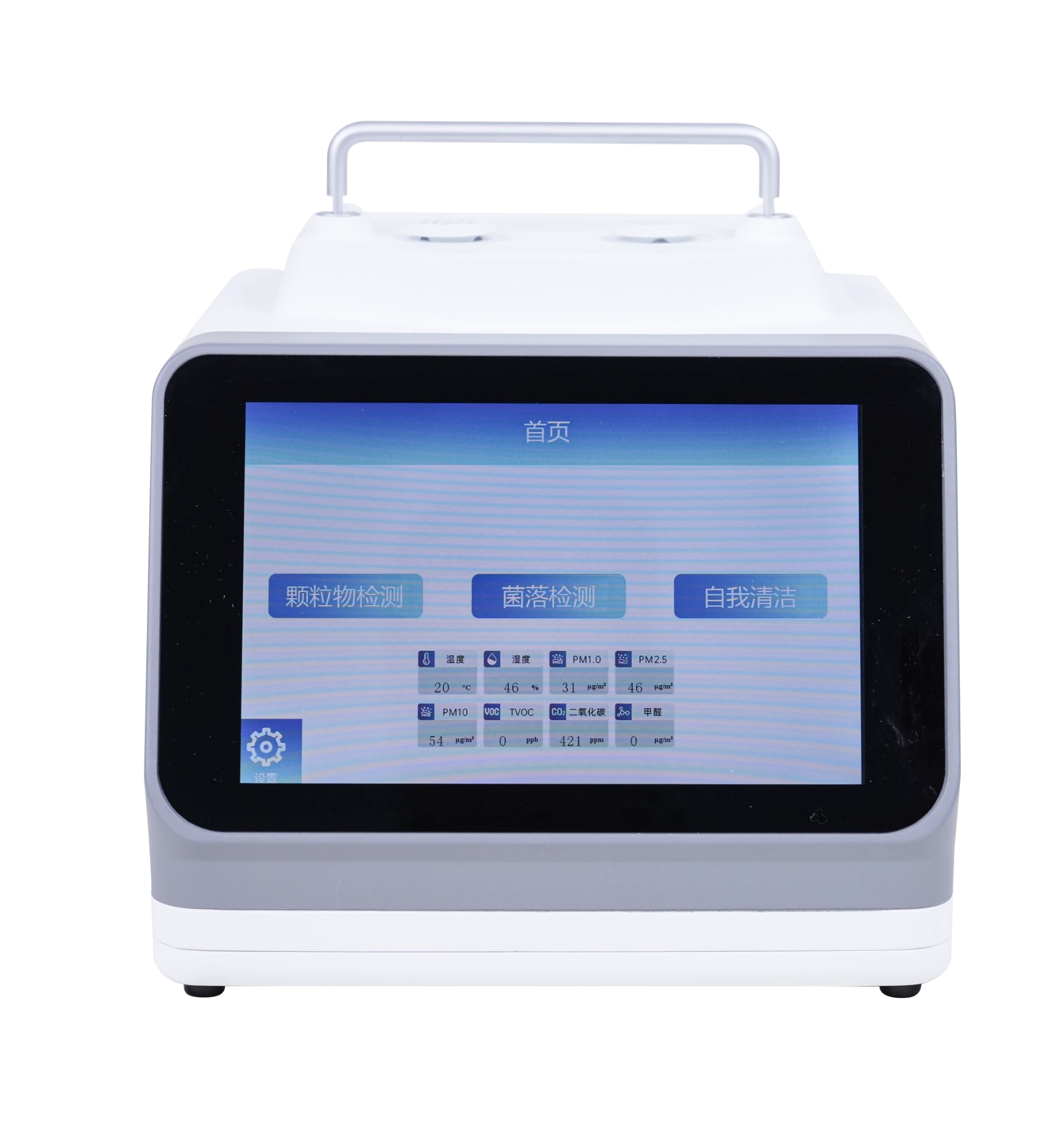
Cutting-Edge Solutions for Airborne Contaminant Detection
An aerosol monitoring system is essential in ensuring air quality is maintained at optimal levels, particularly in environments where airborne particles can pose health risks. These systems are designed to detect and measure the concentration of aerosols in the air, including harmful particles such as bacteria, viruses, and dust. The aerosol monitoring system helps to monitor air quality continuously, ensuring that any fluctuation in particle concentration is quickly detected. This is crucial in sectors such as healthcare, food production, and laboratories, where maintaining a sterile environment is critical to prevent contamination. With an aerosol monitoring system, companies can take proactive steps to maintain safe air quality levels, minimize health risks, and comply with health and safety regulations. This system plays a pivotal role in safeguarding public health by ensuring that harmful airborne particles are controlled and eliminated.

Bacteria Detection Device: Safeguarding Environments from Pathogens
A bacteria detection device is a powerful tool in identifying harmful bacteria present in the air or on surfaces. These devices are critical for environments where pathogens can easily spread, such as hospitals, food processing facilities, and laboratories. The bacteria detection device works by capturing air samples or surface swabs, which are then analyzed for the presence of bacterial organisms. Early detection of bacteria helps in preventing the spread of infections, protecting both workers and the general public. The use of a bacteria detection device allows for real-time monitoring, enabling facilities to respond quickly to any bacterial contamination. It also ensures compliance with health standards and contributes to maintaining a clean, safe environment. As a result, these devices are indispensable in managing bacterial risks and improving hygiene protocols across various industries.
Mould Detector Device: Detecting and Preventing Mould Growth
Mould poses serious health risks, including respiratory problems and allergic reactions, making a mould detector device an essential tool for safeguarding indoor environments. The mould detector device is designed to identify the presence of mould spores in the air or on surfaces, providing early warning signs of potential mould outbreaks. By using advanced detection technologies such as air sampling or surface testing, the mould detector device can quickly identify mould growth and allow for immediate corrective actions. The device is particularly useful in damp environments, where mould thrives, such as basements, bathrooms, and commercial buildings. With a mould detector device, property owners, facility managers, and health professionals can prevent the spread of mould, protect occupants' health, and avoid costly repairs by addressing mould issues early. This proactive approach ensures that environments remain clean, safe, and conducive to healthy living.
Mould Testing Equipment: Comprehensive Analysis for Mould Prevention
The importance of mould testing equipment lies in its ability to provide a thorough analysis of indoor air quality and detect the presence of mould in its early stages. Mould testing equipment typically involves the use of specialized tools that can collect air samples or test surfaces for mould contamination. These tools provide detailed reports on the type and concentration of mould present, which is crucial for determining the appropriate course of action. The mould testing equipment allows experts to identify hidden mould sources that may not be visible to the naked eye, such as inside walls or ventilation ducts. Once detected, the equipment helps guide remediation efforts to effectively remove the mould and prevent future outbreaks. The use of mould testing equipment is indispensable in maintaining a healthy indoor environment, especially in high-risk areas like schools, hospitals, and homes with poor ventilation. It not only helps to eliminate health hazards but also prevents costly damage caused by prolonged mould growth.
Integrated Solutions for Airborne Contaminants: Combining Monitoring and Detection
Combining the aerosol monitoring system, bacteria detection device, mould detector device, and mould testing equipment creates a comprehensive solution for managing airborne contaminants. These tools work together to provide continuous air quality monitoring and immediate detection of harmful particles, bacteria, and mould. By integrating these devices, businesses and healthcare facilities can maintain a clean, safe environment while ensuring compliance with health regulations. The combination of monitoring and detection ensures that any potential health risks are quickly identified and addressed, reducing the chance of contamination or outbreaks. Using these integrated solutions helps prevent the spread of pathogens, mould, and harmful particles, which could otherwise jeopardize the health and safety of occupants. Whether it's maintaining air quality in hospitals or preventing mould growth in residential buildings, this combined approach ensures long-term health and safety benefits.
The ability to monitor and detect airborne contaminants is crucial in maintaining a safe and healthy environment. With the help of advanced tools such as the aerosol monitoring system, bacteria detection device, mould detector device, and mould testing equipment, industries can take a proactive approach to managing air quality and preventing the spread of harmful substances. These devices provide critical insights into the presence of harmful particles, enabling swift intervention and preventing potential health hazards. As a result, adopting these advanced technologies leads to healthier, safer indoor spaces, improved regulatory compliance, and enhanced public health.
-
The Integration of Bio Detection with Artificial IntelligenceNewsMay.23,2025
-
The Importance of Calibration for Bioaerosol SamplersNewsMay.23,2025
-
The Importance of Bio Sampling in Environmental ResearchNewsMay.23,2025
-
The Advantages of Mini PCR TechnologyNewsMay.23,2025
-
How to Perform a Mycoplasma PCR TestNewsMay.23,2025
-
Choosing the Right Bacteria Detection Device for Your NeedsNewsMay.23,2025





